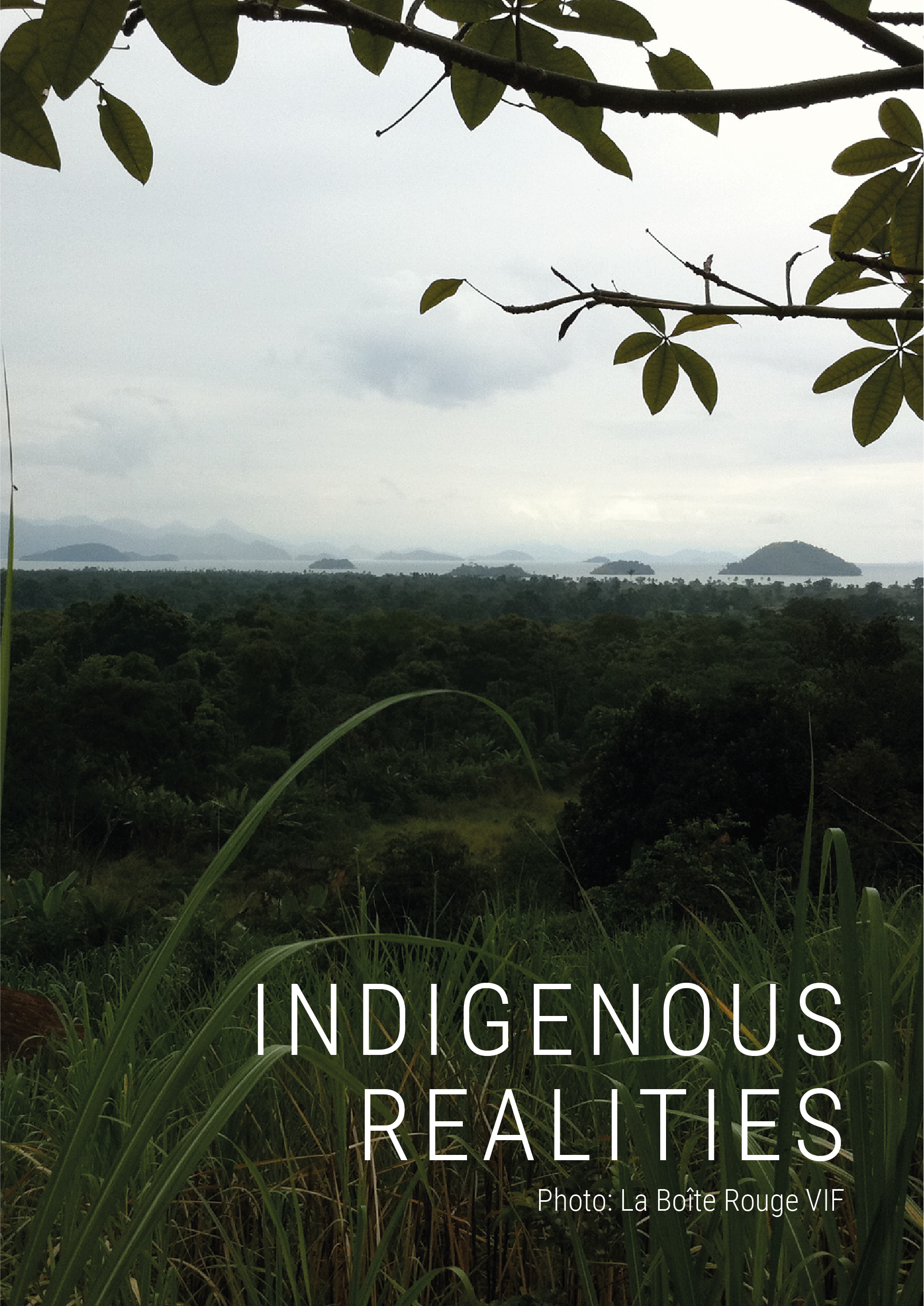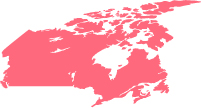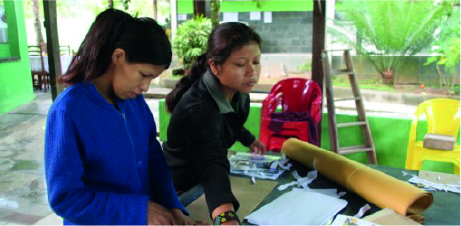

CANADA
INDIGENOUS REALITIES PROJECT
This program uses an innovative pedagogy developed by the Design and Material Culture group of the Université du Québec à Chicoutimi, based on the valorization of the individual for the elaboration of culturally significant transmission and communication products for Indigenous people. This participatory pedagogy is based on project-based learning that integrates both skills development and the production of materials that can be directly used for dissemination. This type of action research aims to (a) foster the transfer of knowledge, resources and skills between universities and communities; (b) enrich research on modes of knowledge transmission in Indigenous communities; and (c) develop a collaborative research methodology that promotes an egalitarian relationship between university researchers and communities.
Our objectives with respect to Indigenous research participants are to train cultural workers who can work in their own communities. We also train non-Indigenous students in intercultural and collaborative work in order to make them open, proactive and committed agents of knowledge transfer to the benefit of Indigenous peoples.
THE PROJECT
WHO?
The participants were an intergenerational group of 12 from 5 Guarani communities living in the Rio de Janeiro state in Brazil. There was a parity between men and women and included youth, adults and elders. Trainers were teachers and students from university art departments and Indigenous artists from Canada.
The institutions involved were universities (Université du Québec à Chicoutimi, Université de Montréal); Indigenous partner organizations; Canadian Ministries; Brazilian organizations (FUNAI, Museu do Indio).
WHERE?
Activities mostly took place in Aldeia de Sapukai and the nearby village of Bracuí, Rio de Janeiro state in Brazil.
WHEN?
Between 2008 and 2012, three projects were funded by the Social Sciences and Humanities Research Council of Canada, the Canadian international development agency and the Canada Council for the Arts. The workshops lasted between 2 and 10 weeks per year, and took place mostly in June and July.
WHY?
Cultural activities for the youth generally focus on conservation rather than living transmission – identity recognition and cultural actualization are therefore difficult. Since the very first contact, representations of Indigenous Peoples have been produced by others. The goal is to empower communities through creation and cultural transmission – valorizing individuals, nurturing their autonomy and building skills in order to enable them to represent themselves.
WHAT?
Films; books; CDs; pedagogical tools and objects; slide presentations and other documents.
HOW?
Workshops included training activities in photography; filming; sound recording; drawing; interviewing and other consultation methods.
IMPACTS
The creation process is a way of knowing, a lever for self-development and a generator of new possibilities. Art enables self-expression and generates dialogue, and plays a unifying role in communities, making change possible through empowerment.
For additional information
Kaine, Élisabeth, Vachon, Jean-François, St-Onge, Jean. "Reconnaître, valoriser et transmettre, les ateliers Design et culture matérielle en territoire guarani (Brésil) : une pédagogie hybride entre art, artisanat et design pour le développement de vecteurs de transmission culturellement signifiants." Diversitates, Vol. 5, N° 1 : 13 – 28, juin 2013.

Being together
Intergenerational group of 12 from 5 guarani communities, RJ - BR
PHOTONOVEL
PROJECT | INDIGENOUS REALITIES
COUNTRY | CANADA

